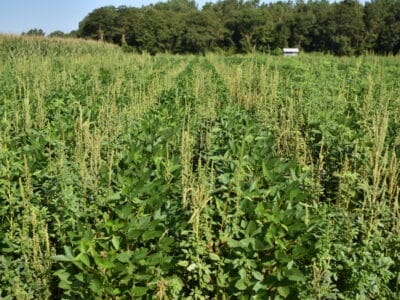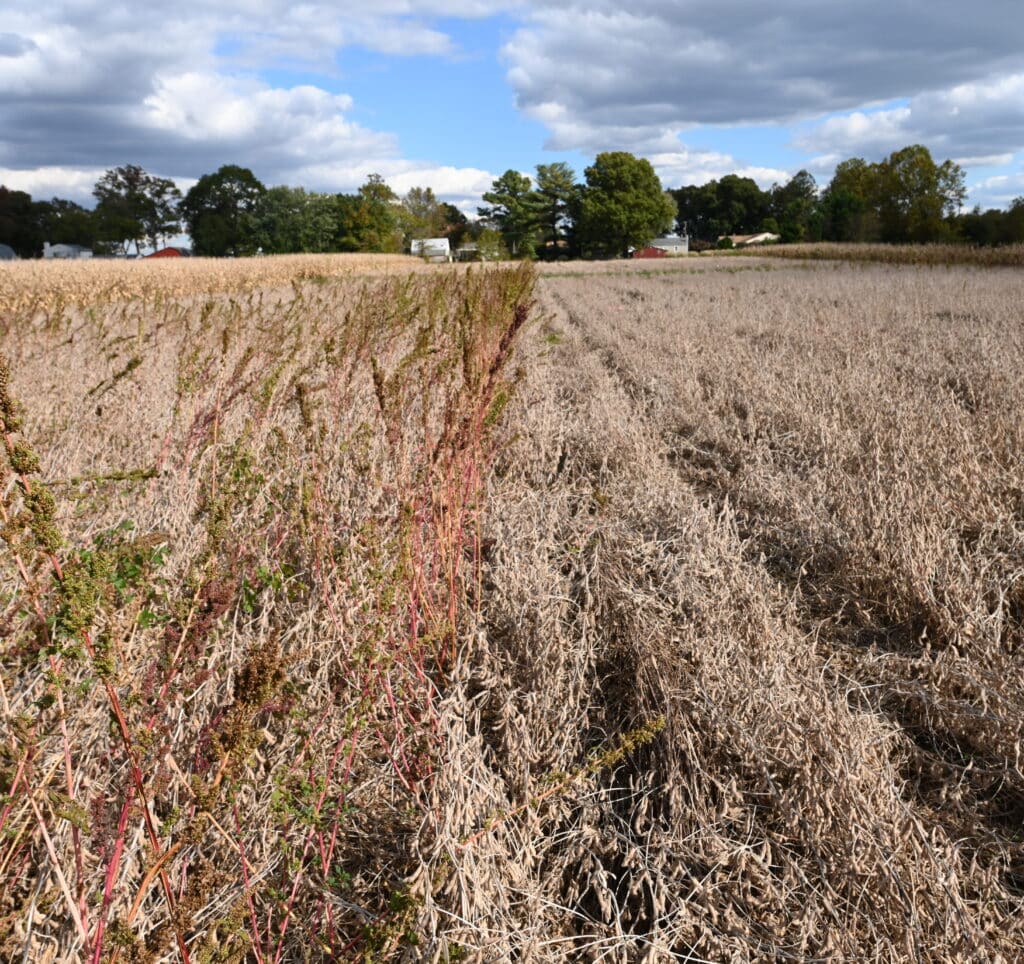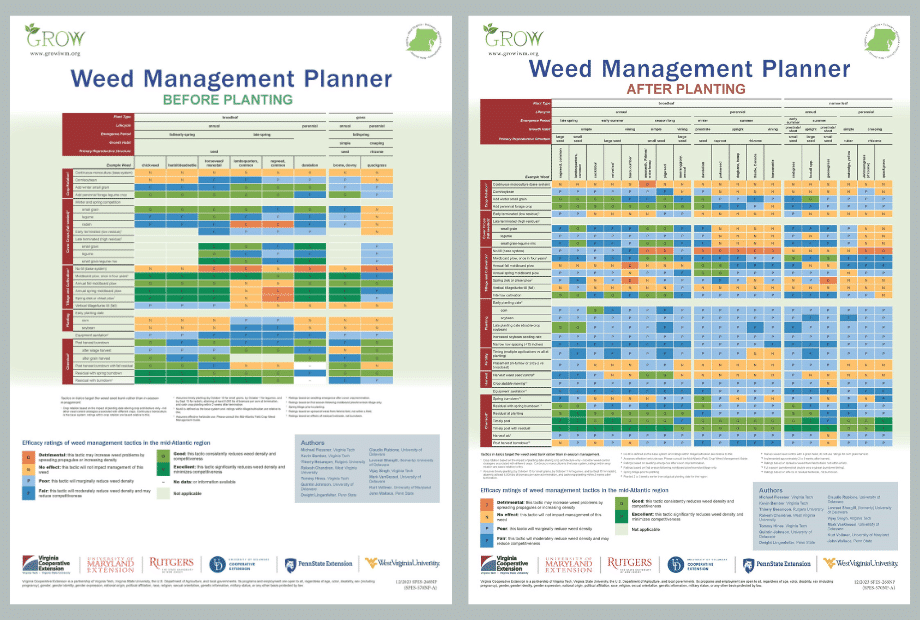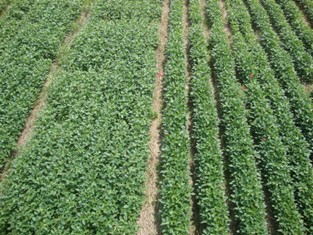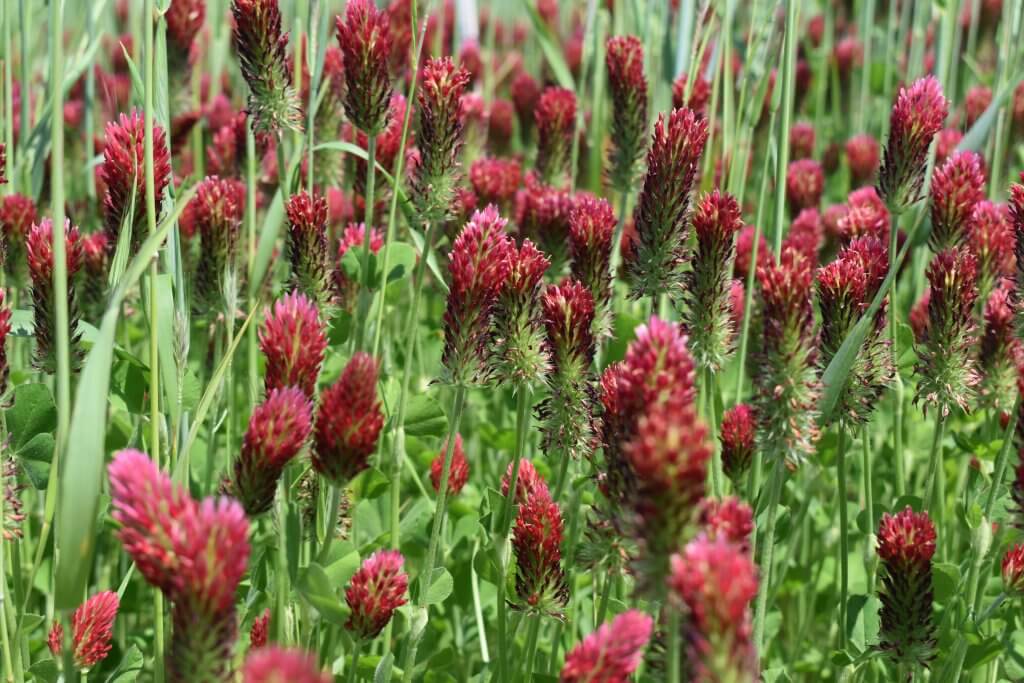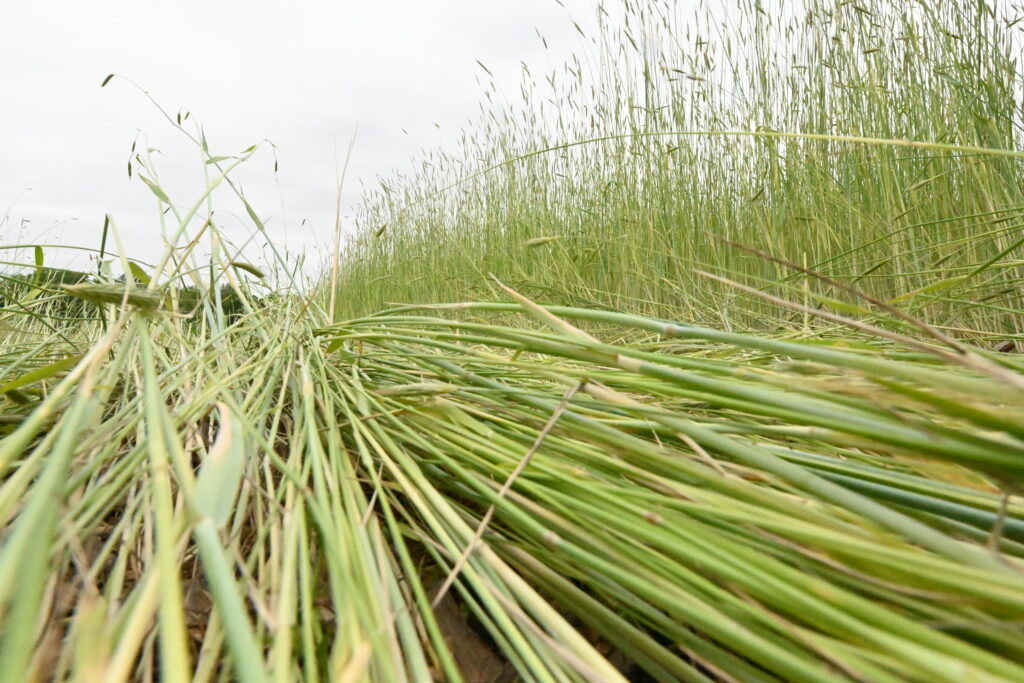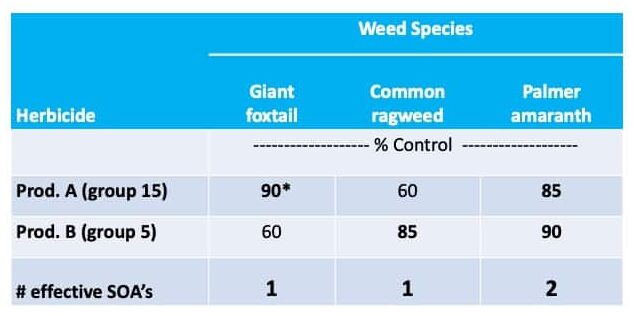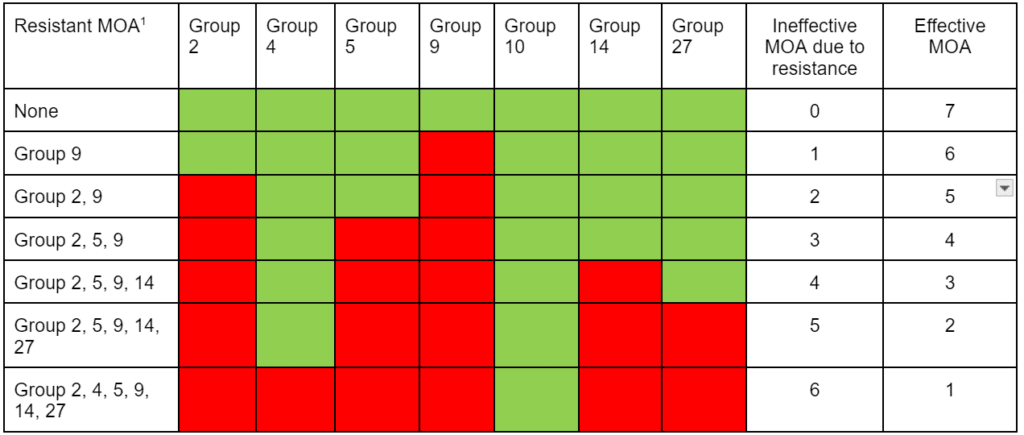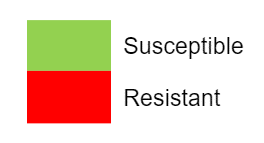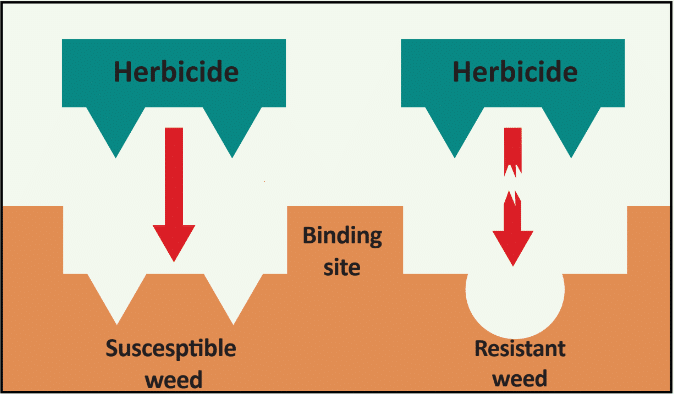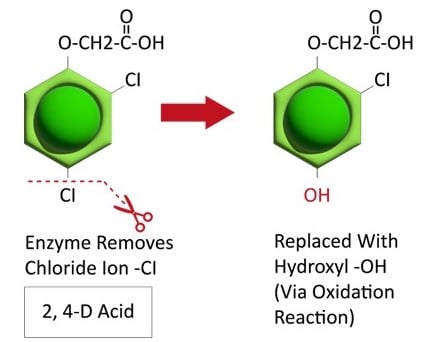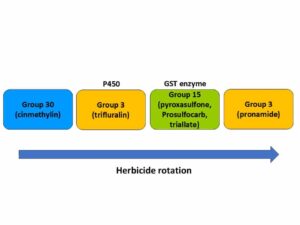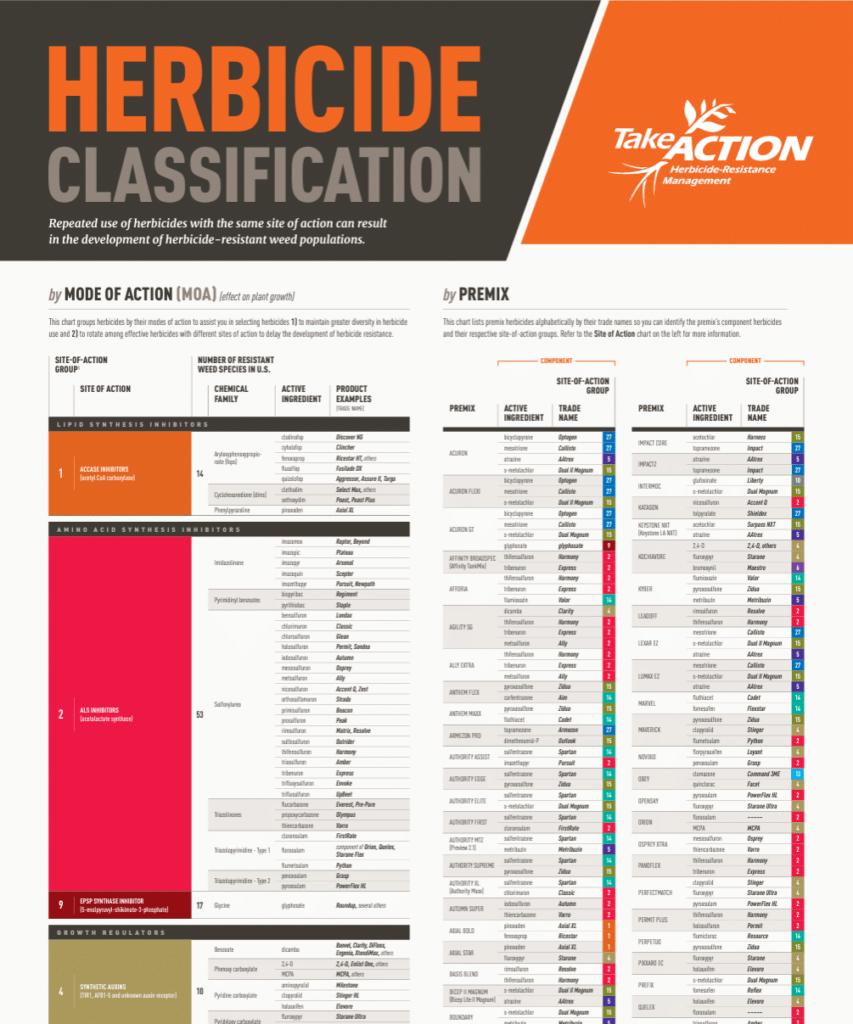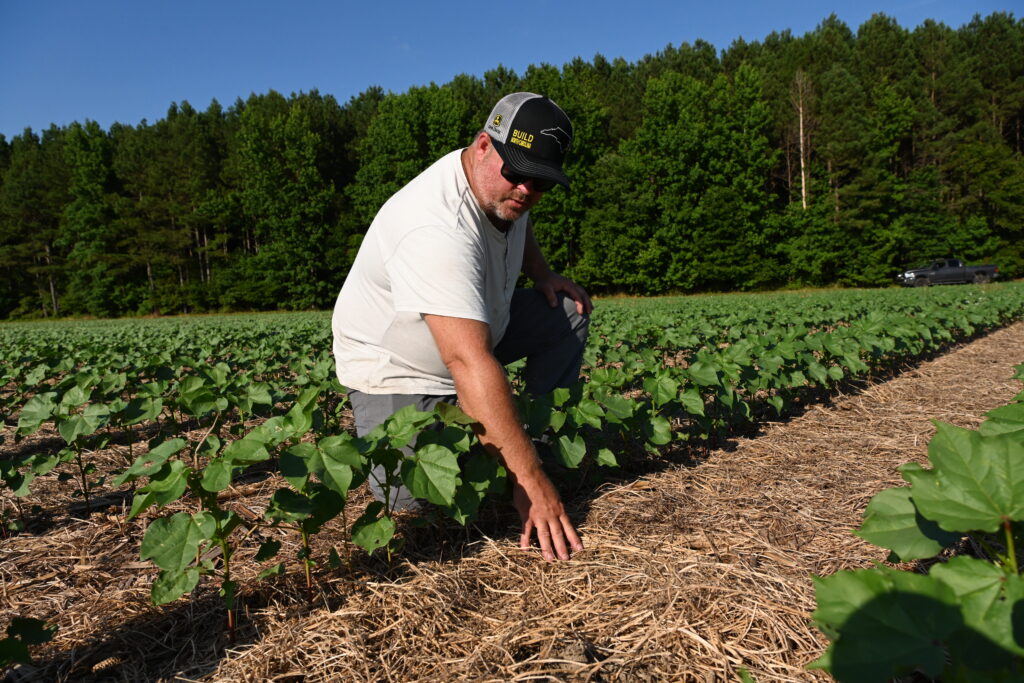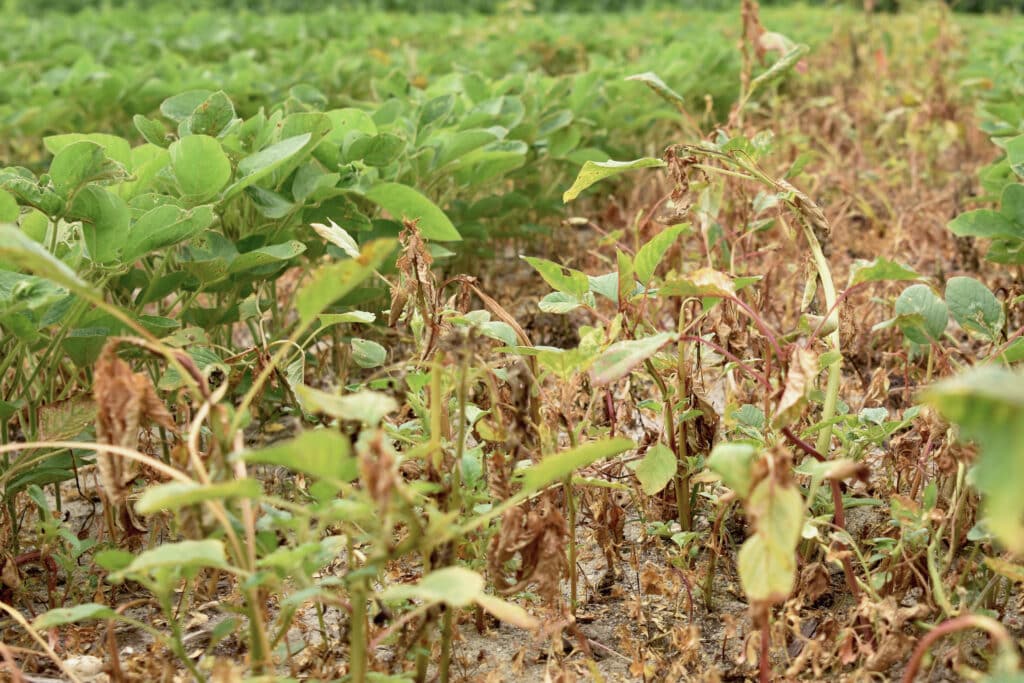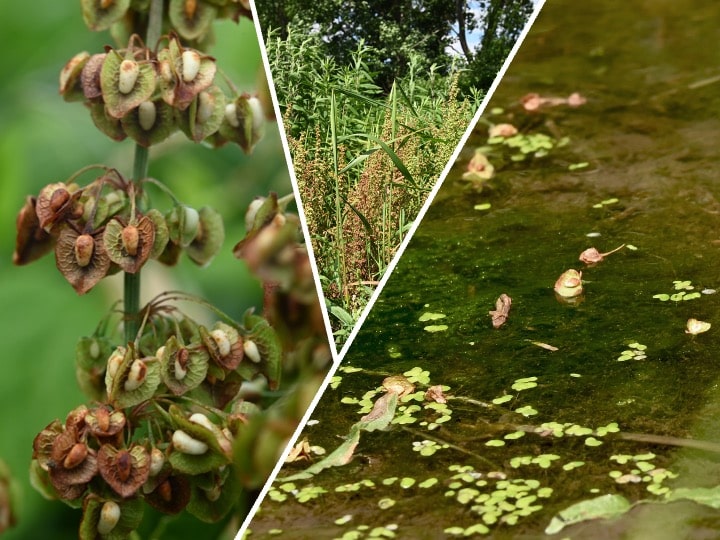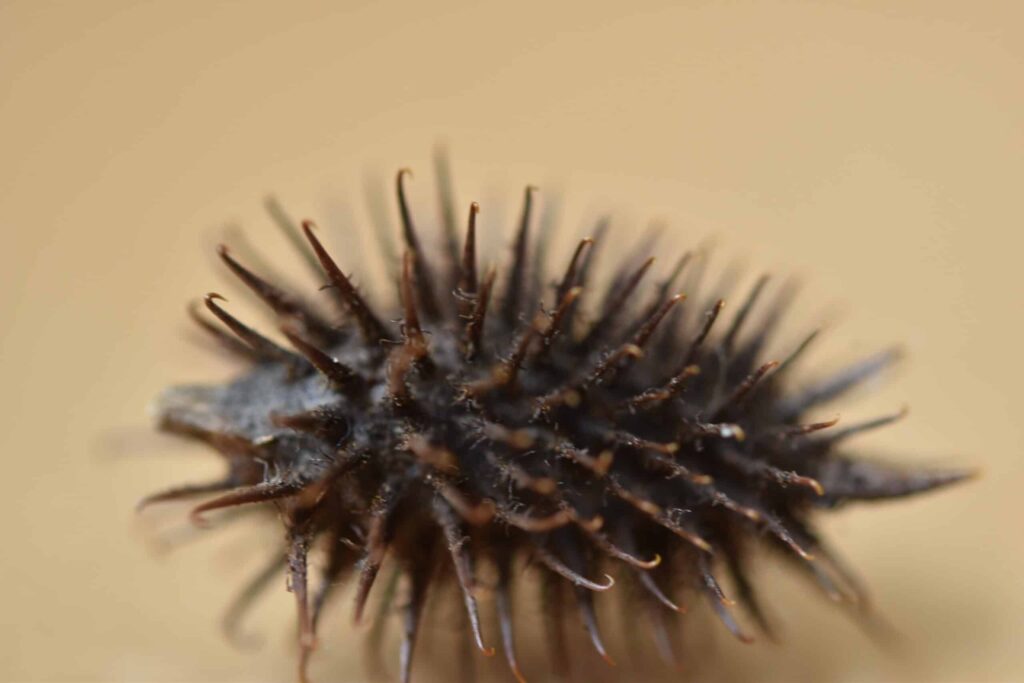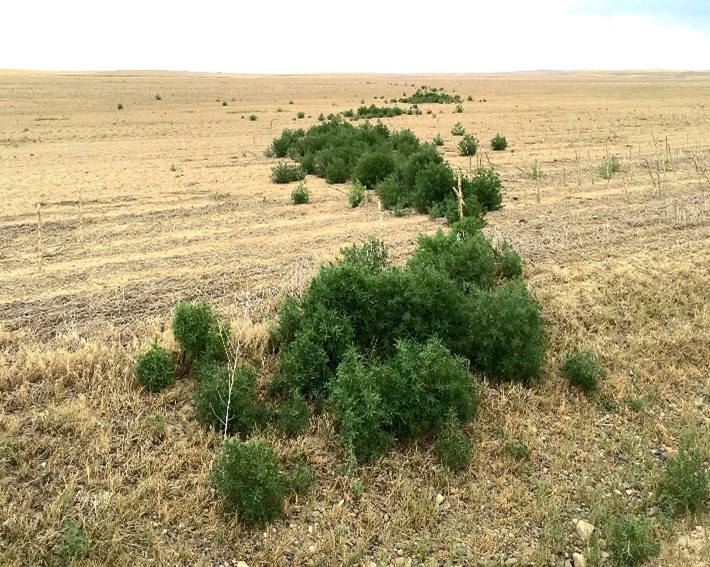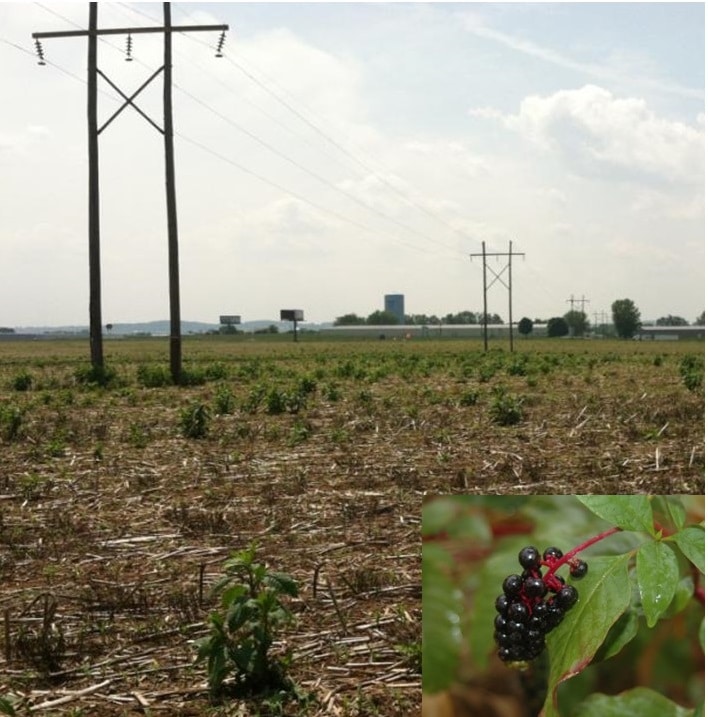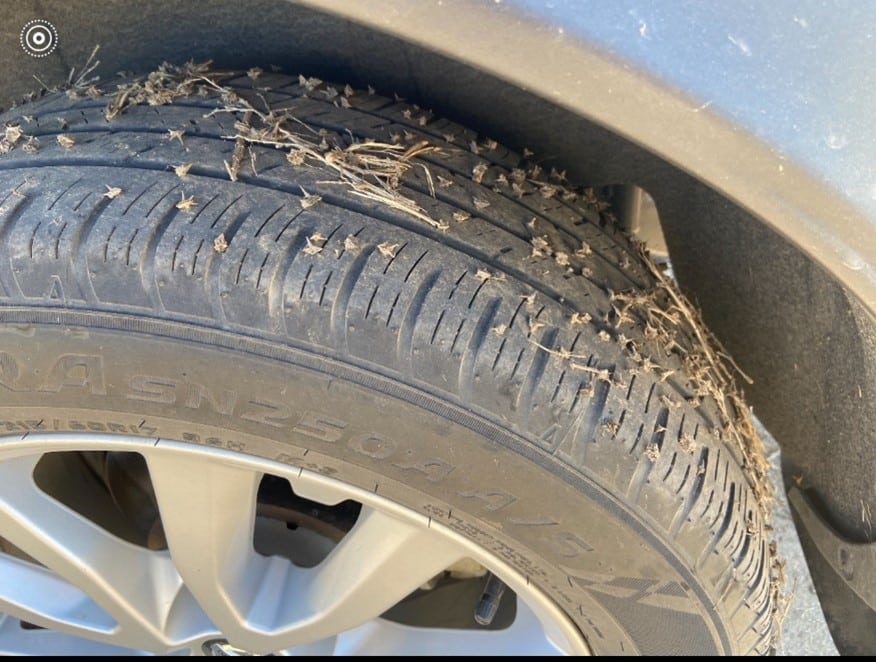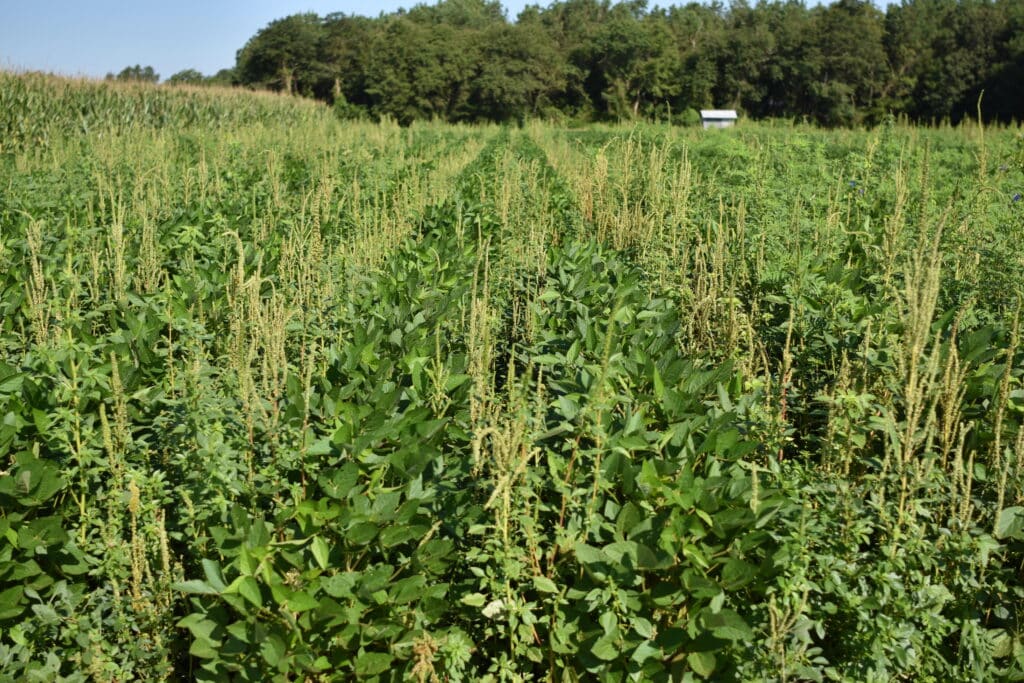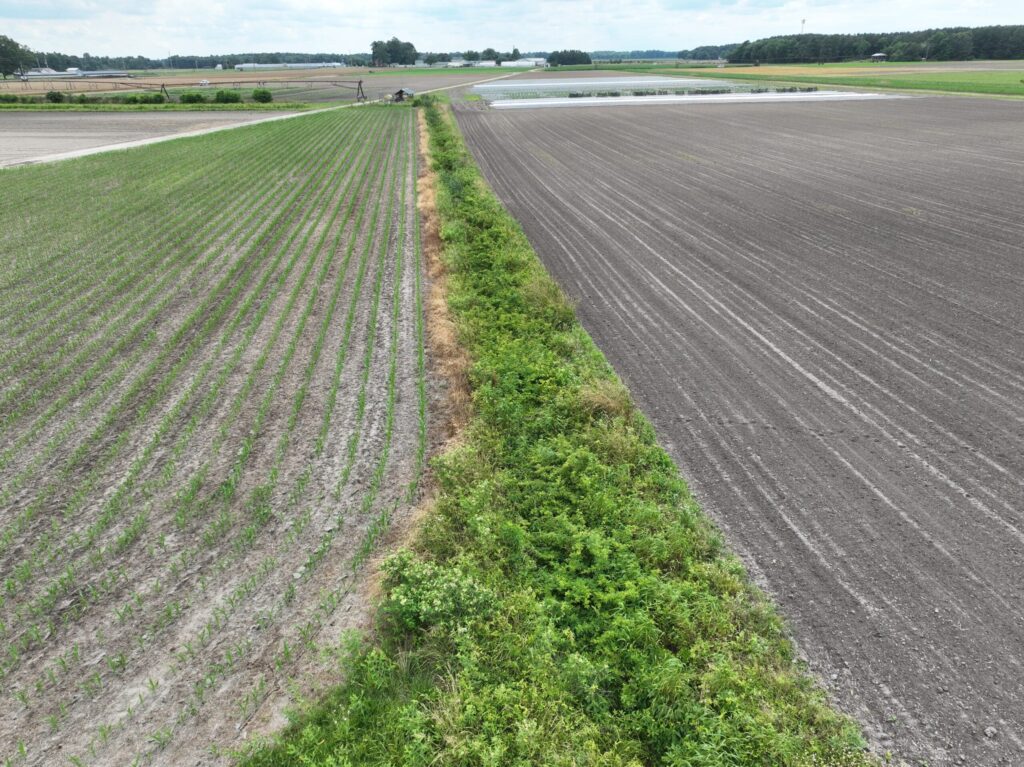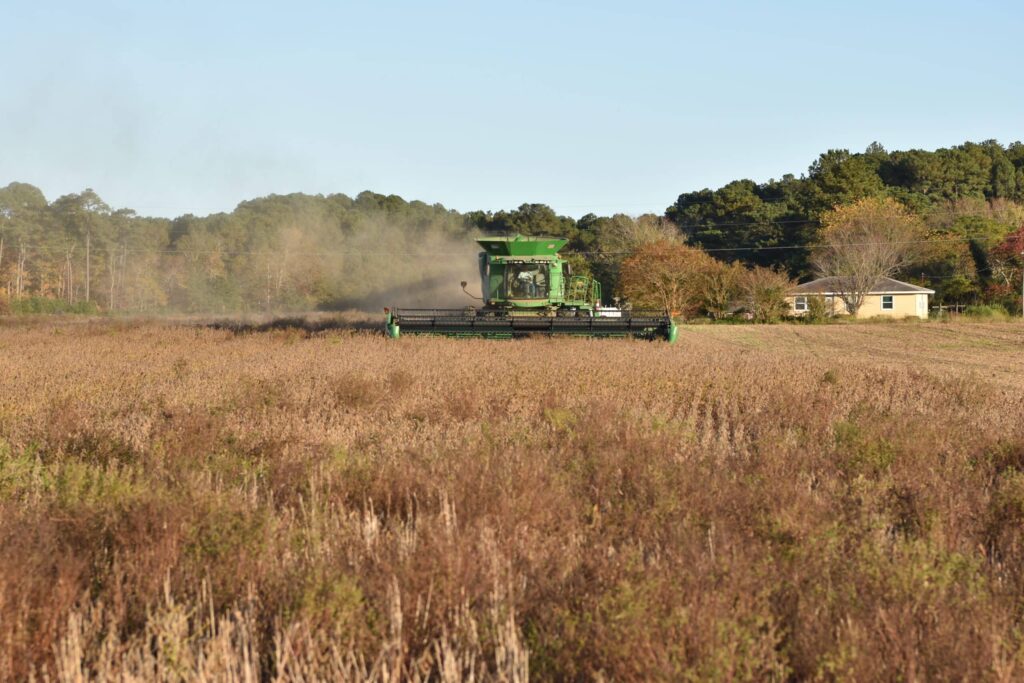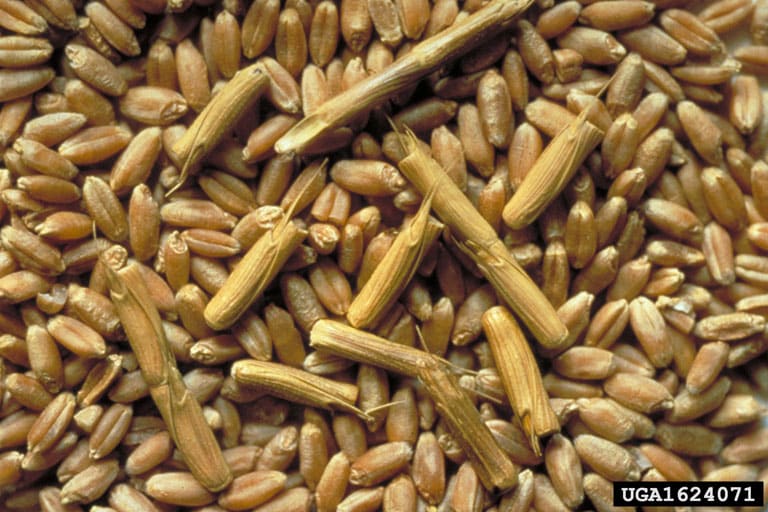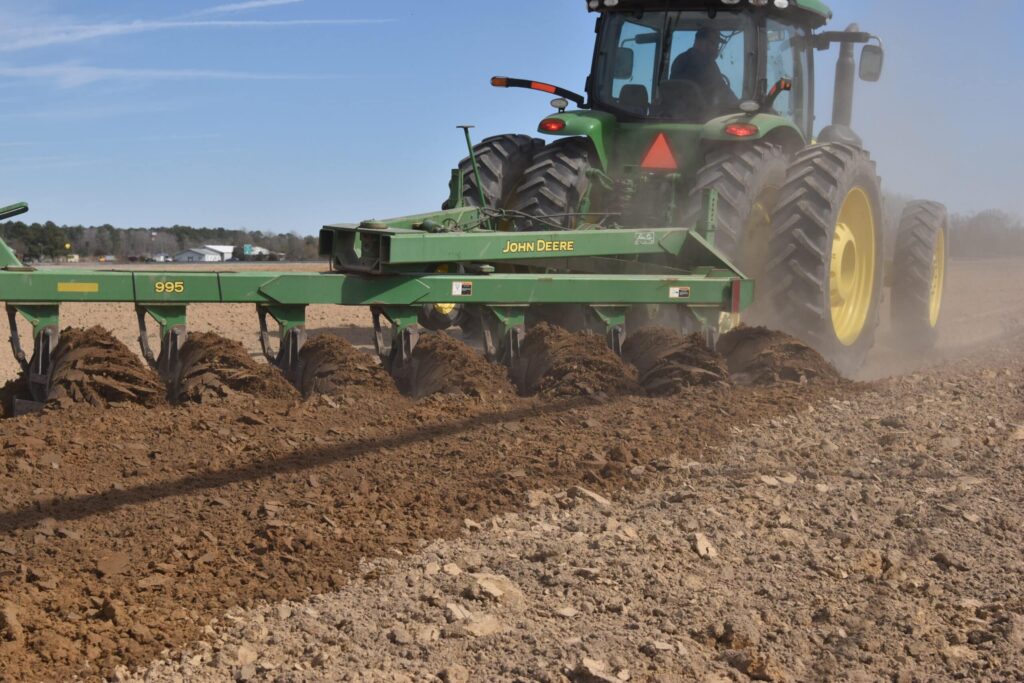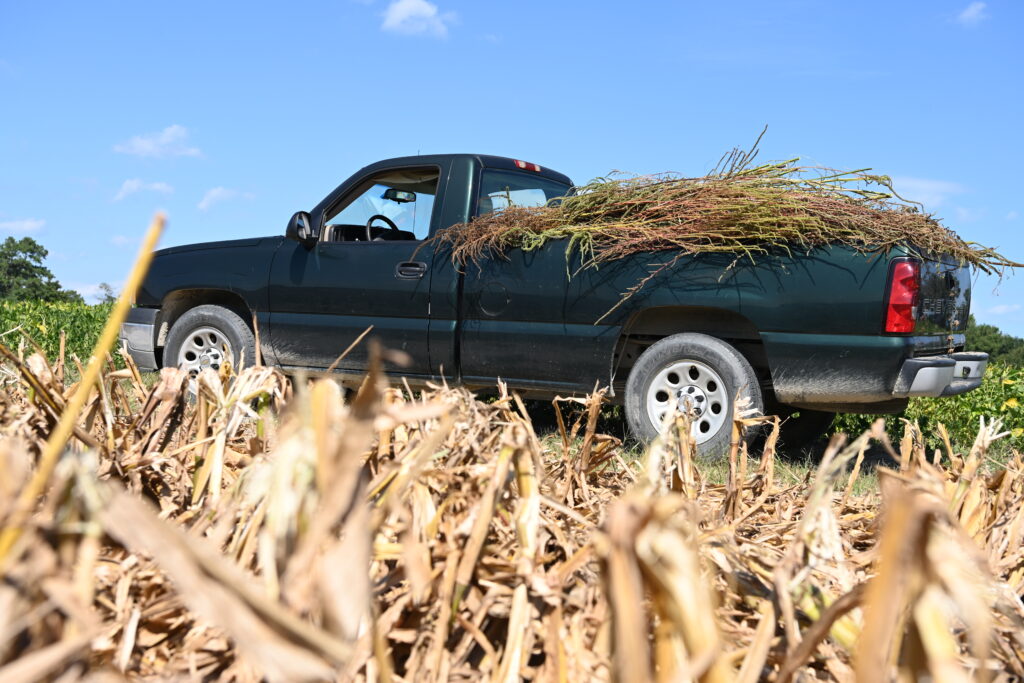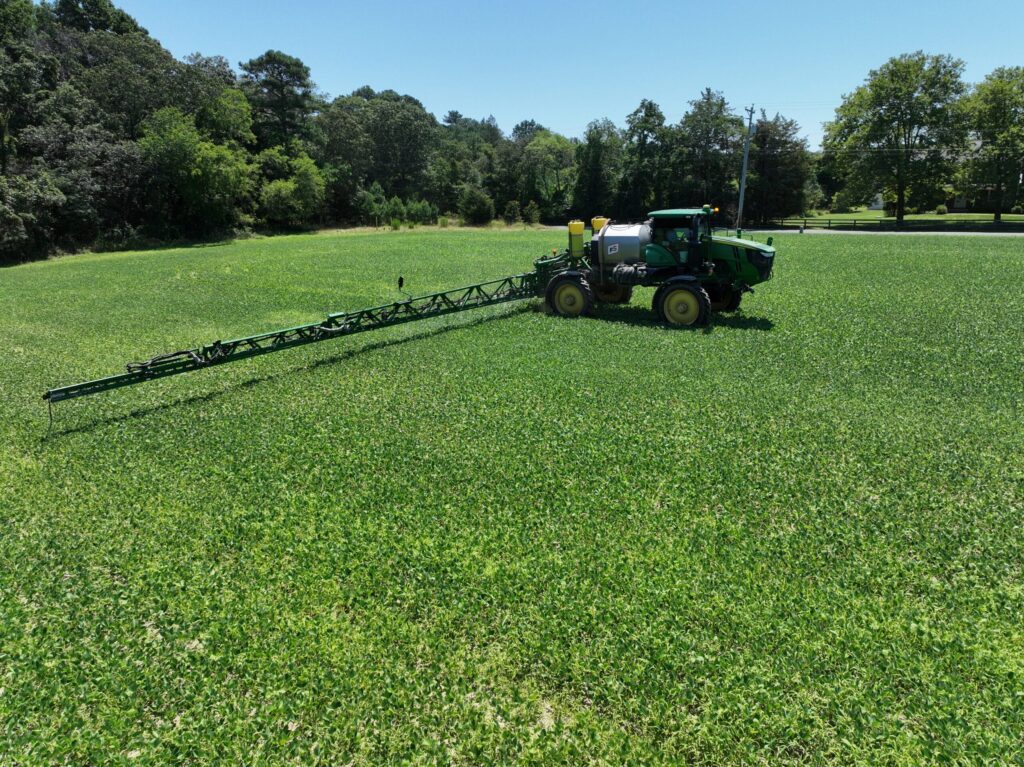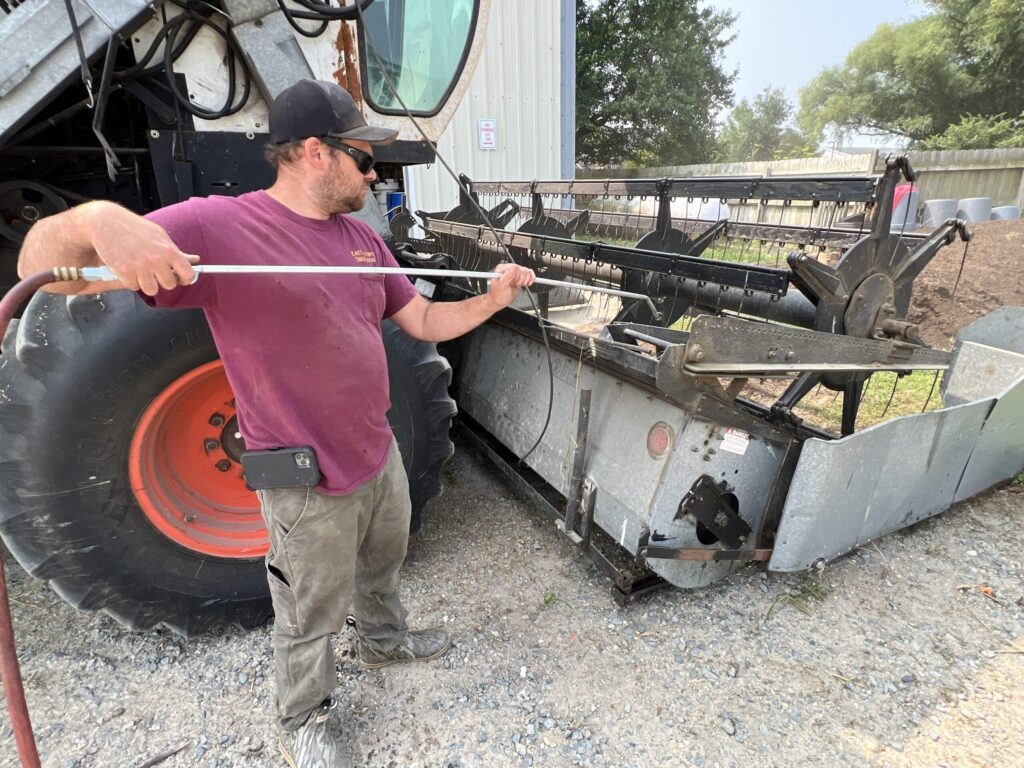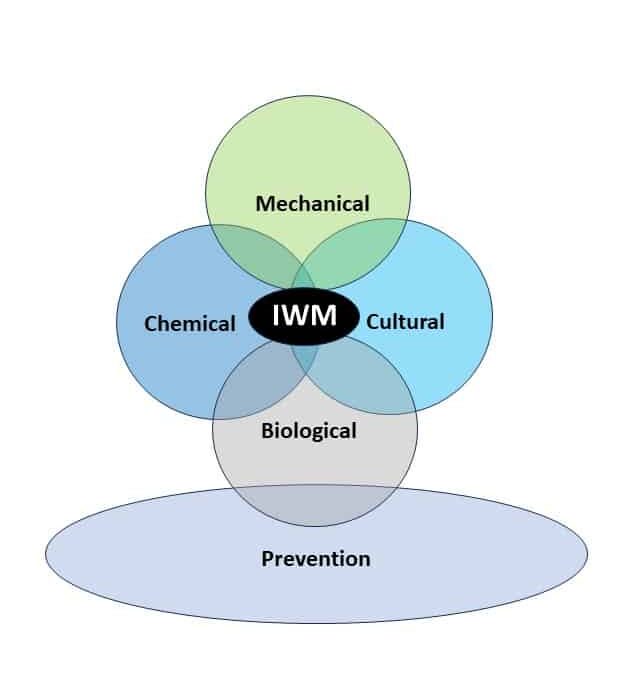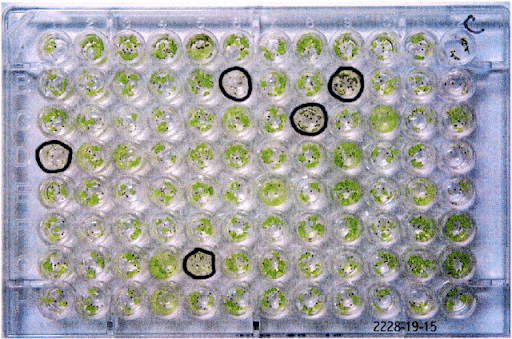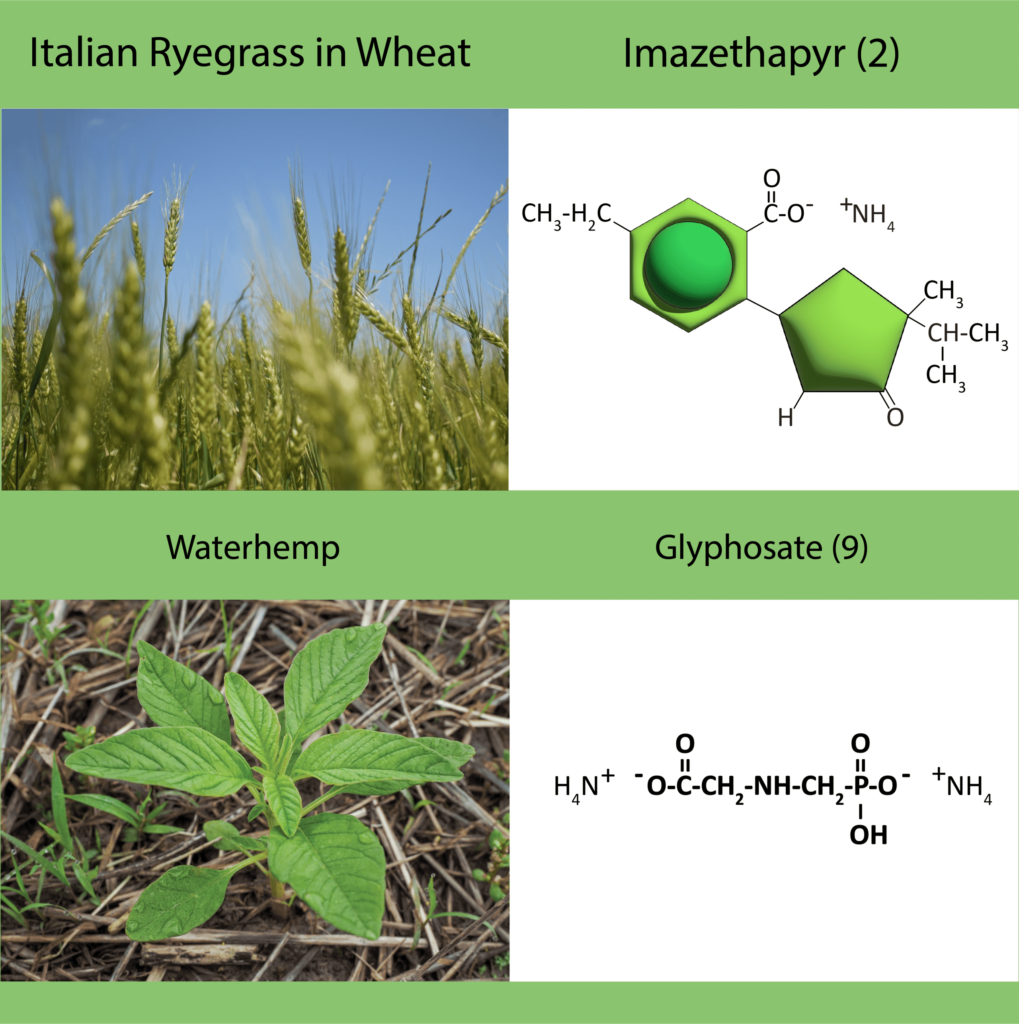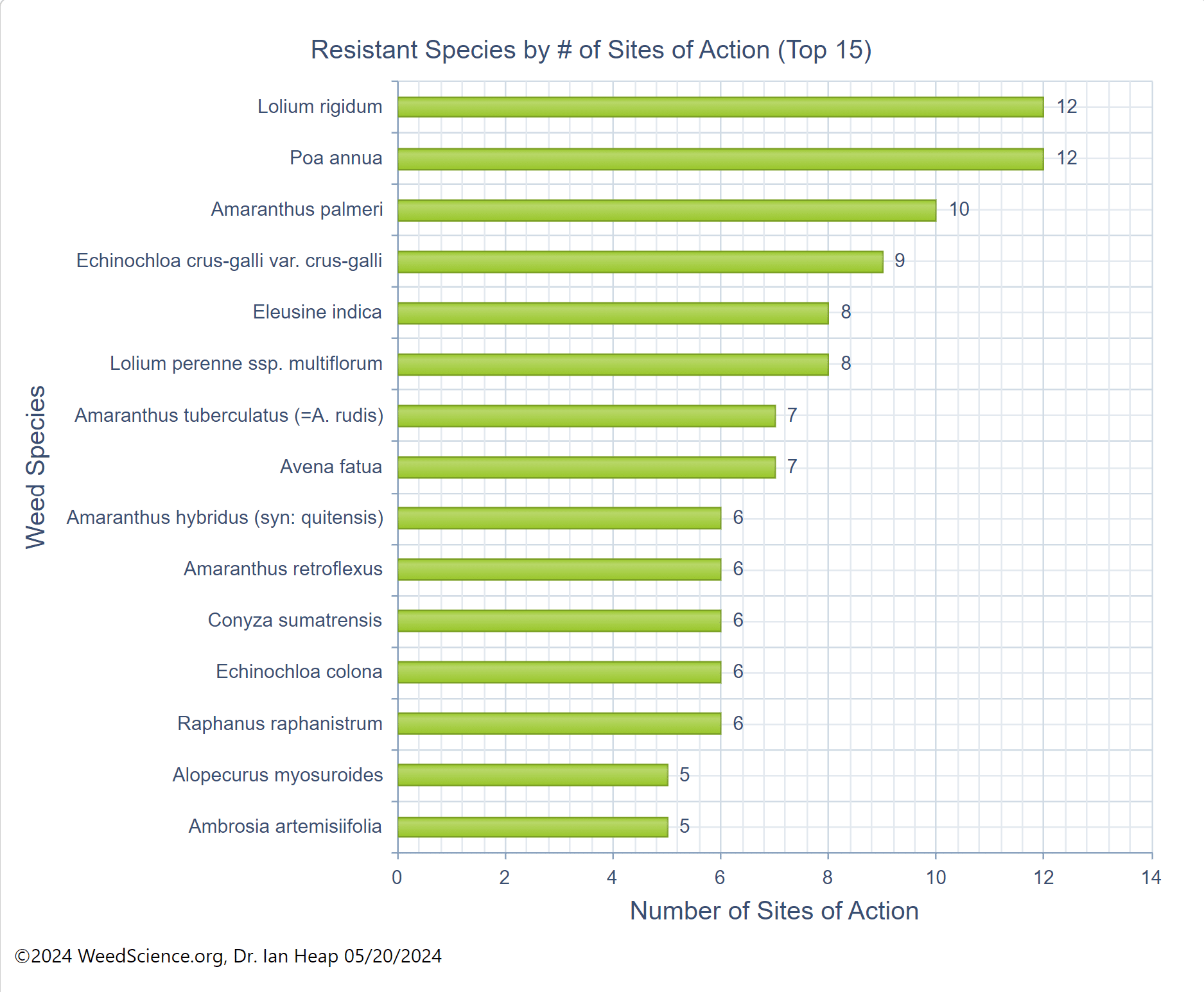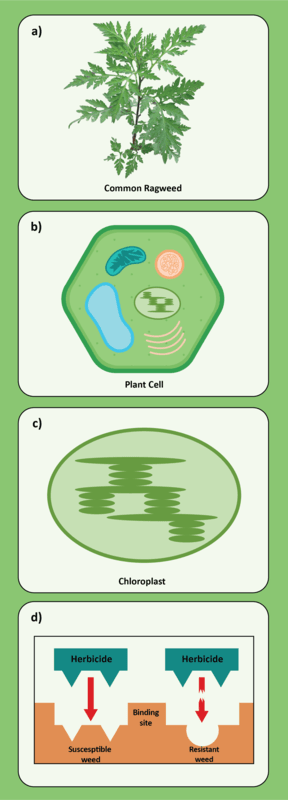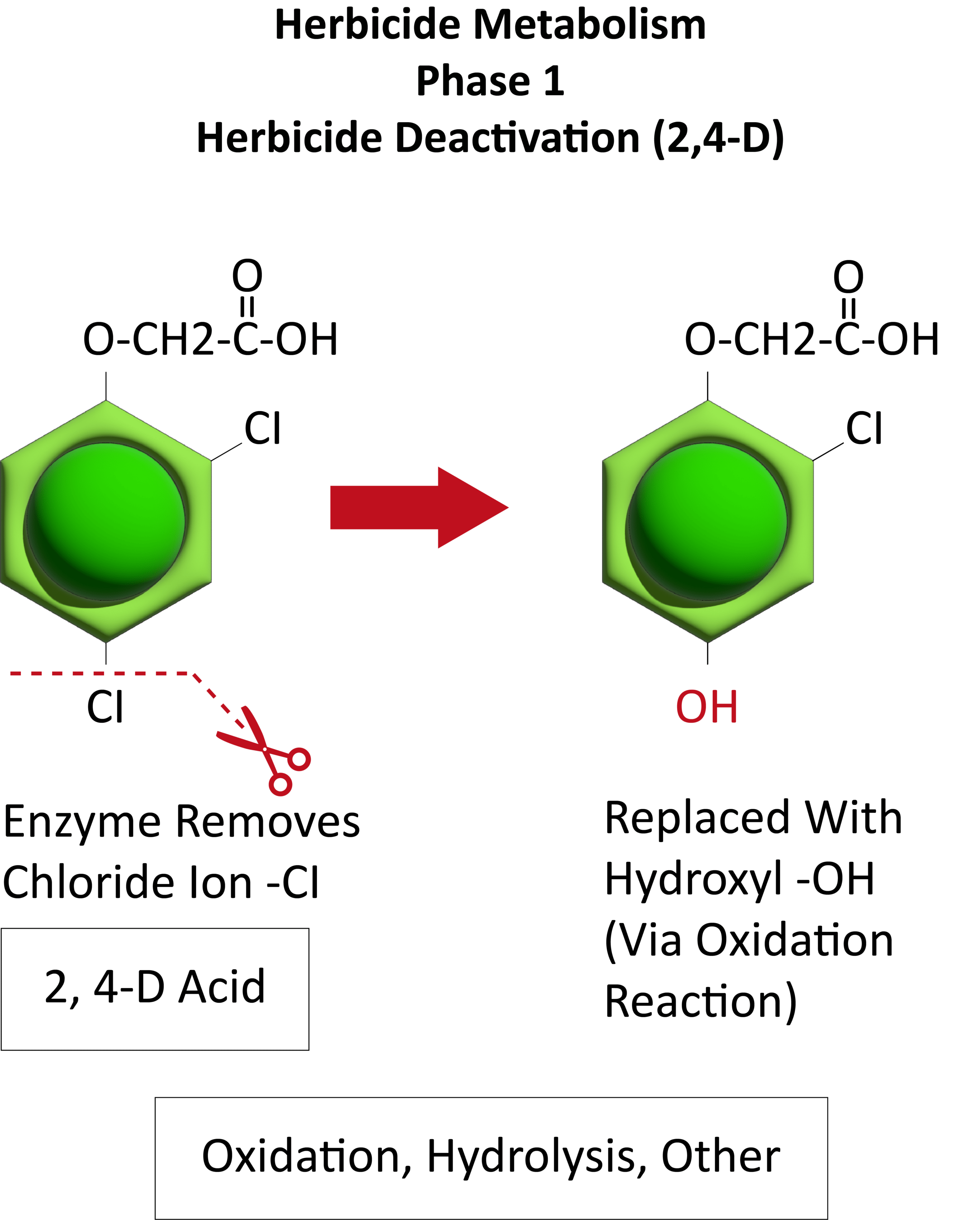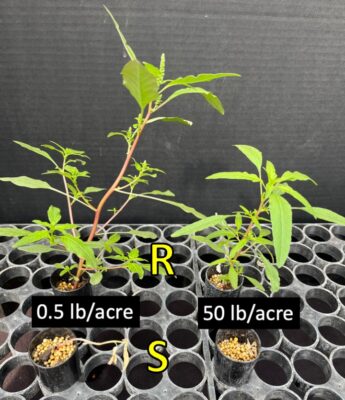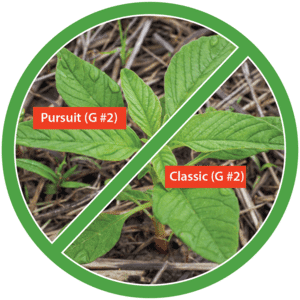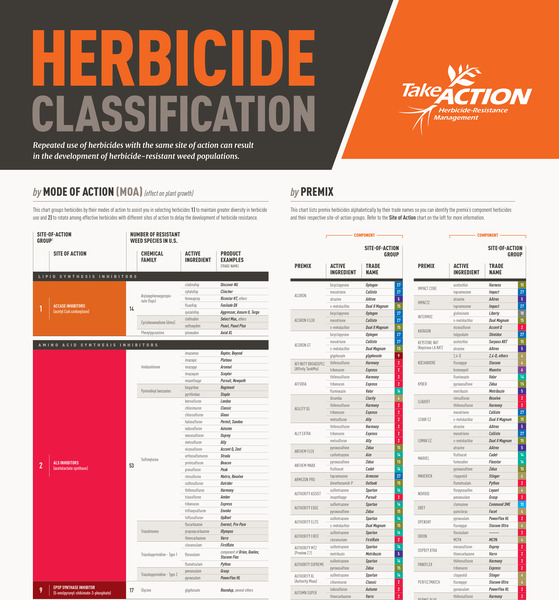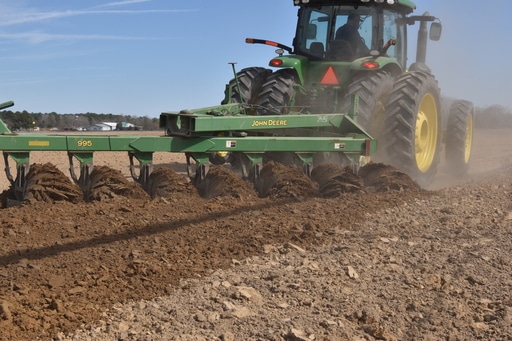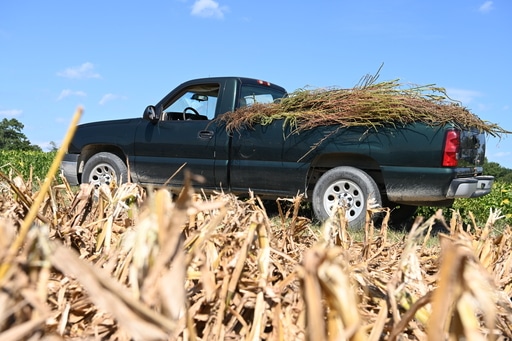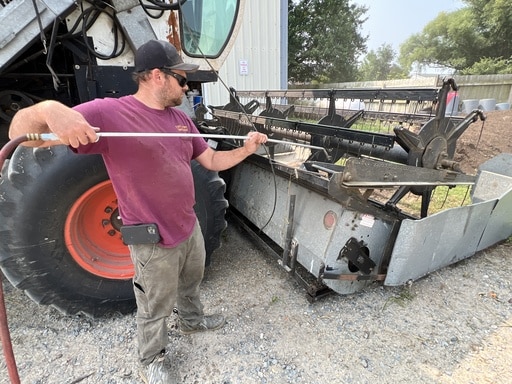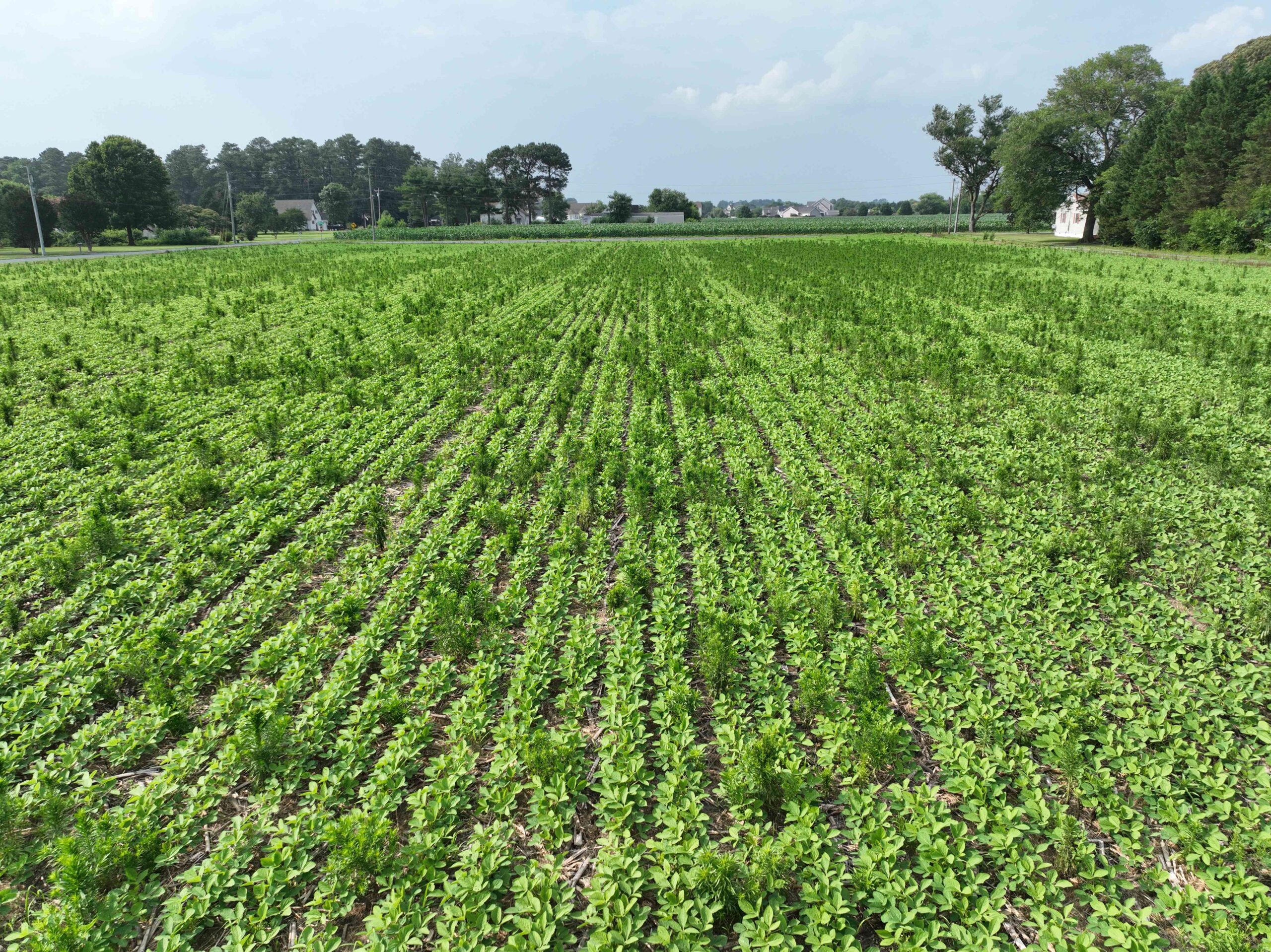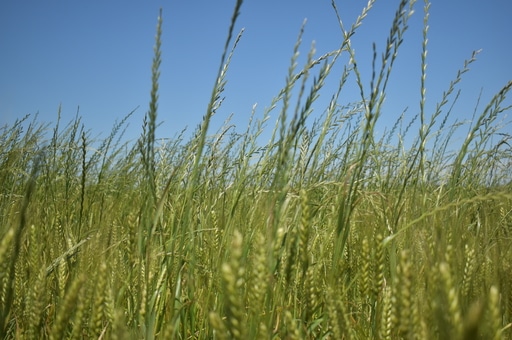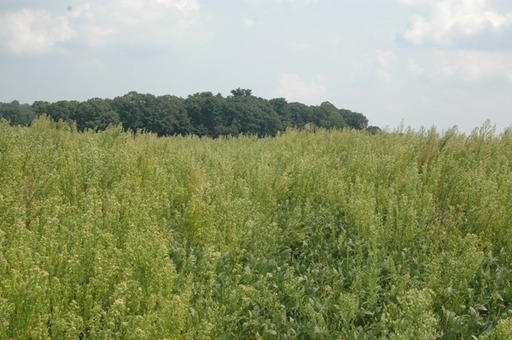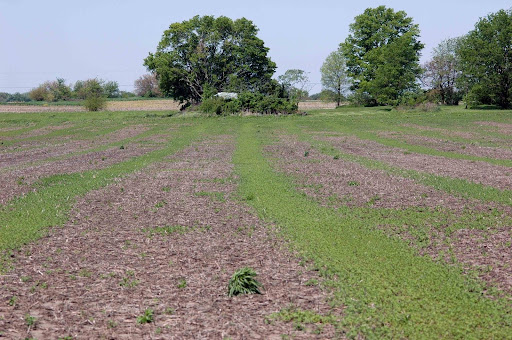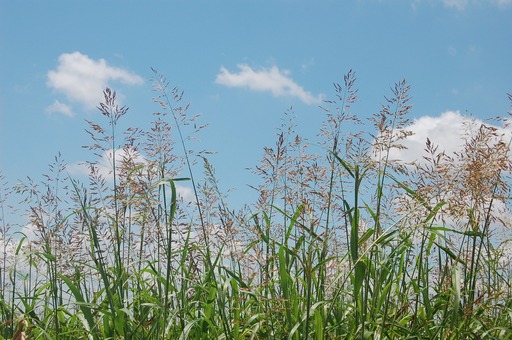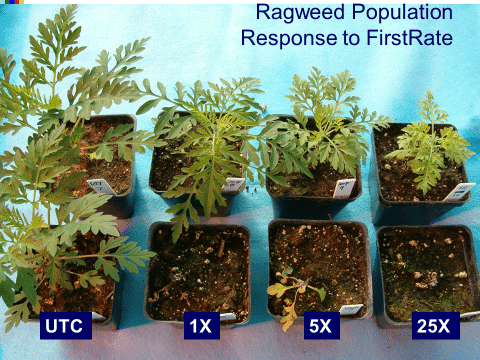Listen to this article above!
Hairy vetch has a reputation as a moody cover crop with commitment issues. Some farmers shy away from it due to its varying performance, long seed dormancy, and tendency to become weedy because of pod shatter. But two groundbreaking research findings have pulled back the curtain on hairy vetch’s genome, potentially making it a more reliable cover crop.
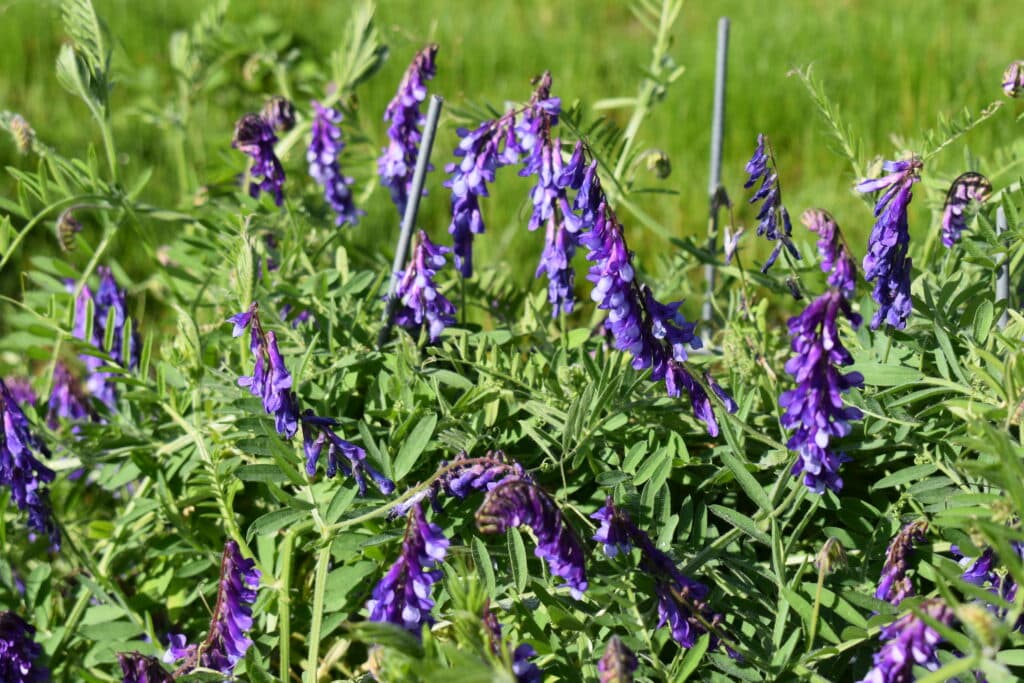
Multi-institution research has uncovered that certain populations of hairy vetch aren’t hairy vetch at all, but an entirely different vetch species called smooth vetch, which outperforms hairy vetch in areas with mild winters. In a separate study, many of those same researchers also recently located where the genes controlling seed dormancy lie in hairy vetch’s DNA. These twin discoveries could help farmers plant the vetch that works best for their individual farms, and enable researchers to genetically alter vetch dormancy and pod shatter.
Distinguishing Between the Vetches
Farmers cannot select the right vetch species for their region unless they can distinguish between smooth and hairy vetch, which is difficult to identify before planting, says study author and USDA scientist Dr. Neal Tilhou.
Farmers can potentially identify smooth vetch after germination because it has little-to-no hair and an early flowering time.
“Previously, people didn’t track commercial cultivars or stocks to know which one they were buying,” Tilhou explains. Seed companies might soon identify if their varieties are hairy or smooth vetch with low-cost genetic testing as smooth vetch becomes more widely known.
Smooth vetch outperforms hairy vetch in biomass accumulation, winter hardiness, and germination in regions with mild winters, cool springs, or high precipitation. “We have some initial trial data indicating that smooth vetch has statistically 10 to 20% better biomass in the deep South region,” Tilhou explains.
And some areas, such as New York State, are regions where both vetch species perform similarly according to study co-author, Cornell University plant breeder Dr. Virginia Moore.
Genetically Weeding Out Hairy Vetch’s Weediness
Hairy vetch’s pesky tendency to shatter early and produce hard-coated seeds with a years-long dormancy means it’s a perfect contender for growing when and where farmers don’t want it. But smooth vetch isn’t the only genetic surprise that hairy vetch has been hiding.
In a separate study, Tilhou discovered that a major gene controlling seed dormancy lies in hairy vetch’s first chromosome. The research could motivate seed companies to breed vetch varieties with lessened seed dormancy. Decreasing hairy vetch’s seed dormancy means that pod shatter will be less risky for farmers afraid of their vetch becoming weedy.
Tilhou’s first year of data suggests selective breeding can lessen those nuisance hairy vetch traits, but his team is waiting for future data to confirm their findings. “Being able to reduce that risk of contamination can improve its reputation as a species,” Tilhou says.
Farmer-Focused Approaches to Managing Vetch
The discoveries might create future opportunities for seed companies, but what can farmers do right now to up their vetch game?
Buying named varieties of vetch can ensure that growers aren’t getting a performance-disrupting mixture of hairy and smooth vetch, Tilhou and Moore say. Farmers should also learn each vetch species’ characteristics to help distinguish between them. This is because some popular vetch varieties, like Purple Bounty, are actually smooth vetch marketed as hairy vetch.
Farmers in states like New York, where hairy and smooth vetch perform similarly, might want to opt for varieties with a mixture of the vetches. Alternatively, farmers in these areas could also choose the vetch species best suited to their area’s forecasted winter conditions. Growers can use the National Cover Crop Variety Testing Program’s first year of data to understand the performance of different vetch varieties and species.
Farmers can attempt to manage vetch’s pod shattering by knowing when their vetch is going to flower. Penn State suggests terminating vetch at full bloom to maximize vetch’s benefits and reduce its chances of regrowth. “Knowing when it’s going to start flowering and develop that risk of viable seed is an important part,” Tilhou says.
Developing a vetch cover crop management plan will take time, but the published research will certainly help farmers better understand and manage their hairy vetch. “If I had a general recommendation, it would be to try experimenting with vetch,” Tilhou says. “The stories you hear about hard seededness are true, but can be avoided if you have a good system of termination.”
Explore GROW’s website for more information on cover crop management, cover crop termination, and to read about more hairy vetch research.
Article by Emily Unglesbee and Amy Sullivan, GROW; Header photo by Virginia Tech Weed Science.


